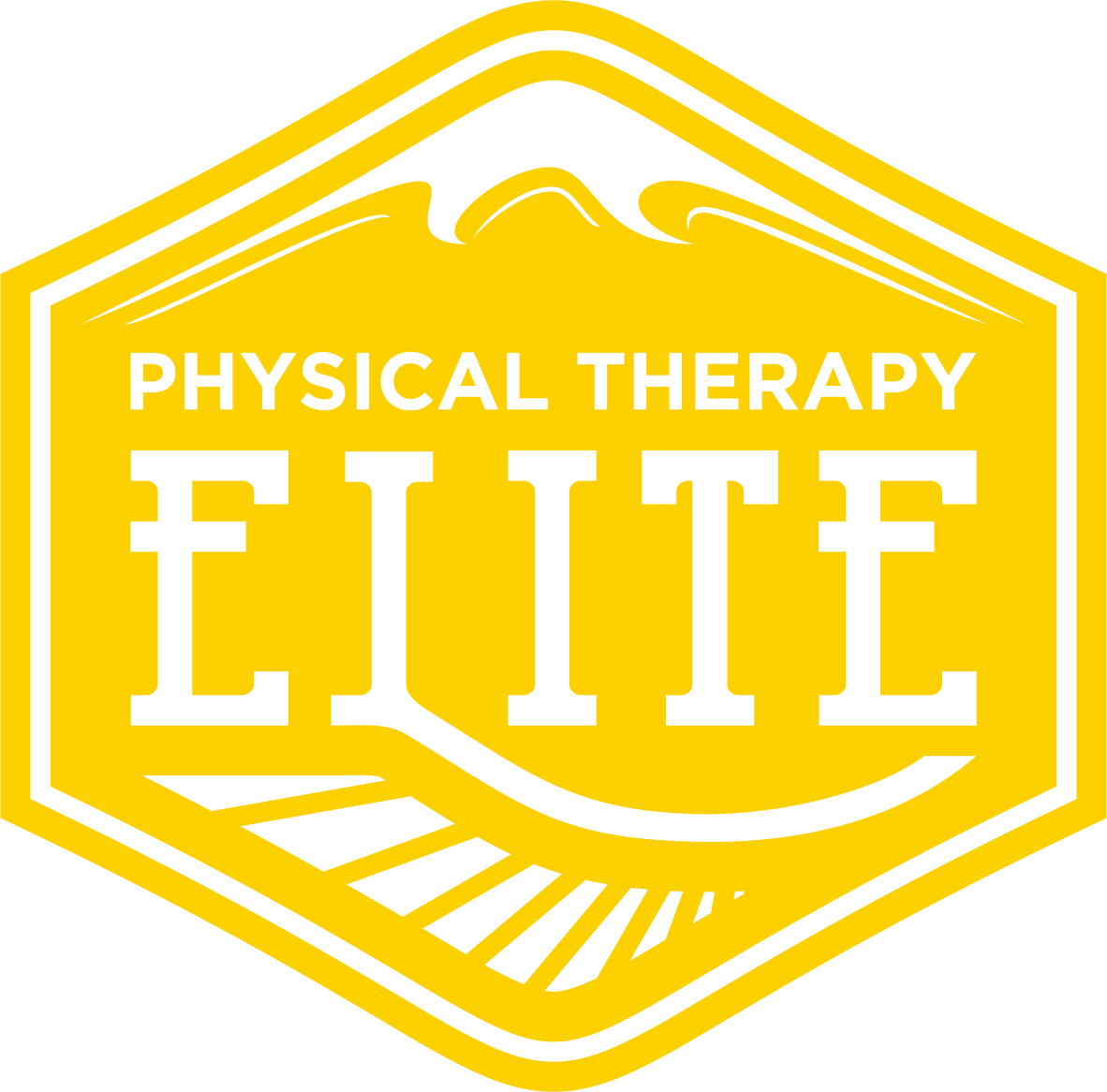With the change of season rapidly approaching, it’s time to start planning ahead. While the die-hard skiers may deny that spring is coming and the snow is melting, some of you may be starting to daydream about summer running races and mountain adventures. I’m not telling you to hang up the skis and dry out your boots just yet, however there are a few things you can start doing now to make your transition to running season smoother.
Over the last 4 years, between March and May, the clinic fills with skiers who are picking up their running shoes for the first time since last November. Their bodies aren’t handling the drastic switch from low impact skiing to the high impact and repetition of running. Little niggles and tweaks to their systems start popping up all over the place. So in order to have a more seamless transition between ski and running season, as well as keeping you all off our treatment tables, here are some suggestions to get your body ready to start running once the lifts shut down.
Give your ankles some love: for the last 3-4 months you’ve had your foot locked into a pretty stiff and rigid ski boot. There is not a whole lot of range of motion that happens at the ankle while skiing, which usually leads to two things: weakness and tightness.
Get into the habit of stretching both your gatroc and soleus to address any tightness or restriction that may have developed over the winter.
Start hitting the calf raises! Of all the muscles you use to run, nothing works MORE or HARDER than your calves. Especially if you’ve dealt with previous injuries to the calf, achilles, or plantar fascia, calf strength is essential!
Do more single leg stuff: in skiing, particularly alpine skiing, you are primarily in a squatted double leg stance. In contrast, running is basically repeated single leg hopping. When you’re jump turning down a narrow couloir or crushing the moguls, the forces you encounter are distributed through both legs. Whereas when you are bombing down a steep technical descent on foot, those forces are distributed through each leg individually with each stride.
Start doing single leg focused strength training. Examples of great single leg exercises for running: bulgarian split squats, single leg deadlifts, step ups/step downs, single leg bridges, pistol squats, single leg calf raises (see, there are the calves again!)
Train your muscles both concentrically and eccentrically. A concentric contraction is when your muscle shortens while it contracts. Eccentric contractions are when the muscle lengthens while it contracts, which is a more difficult task for the muscle. Think about the difference between hiking up a steep hill and running down a steep hill at the beginning of the running season. It’s the downhill that blows your quads up! Downhill running works your quads eccentrically.
Balance, stability, and coordination: if you’re standing on two legs and move to just standing on one, your base of support is just drastically reduced. Now add speed and a dynamic environment (like running on a trail) and you’ll find that the balance and stability demands on a smaller base of support dramatically increase.
USE it or LOSE it isn’t always true, but it sure is when it comes to balance and stability!
Keep it simple! We’ve all seen videos of people doing balance activities standing on a physioball, blindfolded while juggling. Don’t overcomplicate things by trying to perform some sort of crazy hard balance drill. If you can’t maintain balance during a single leg deadlift (or putting your pants on in the morning), what benefit or transferable skills will trying to stand on a ball achieve? Start with simple tandem or single leg balance drills on a firm flat surface. Then to make it harder, either add some sort of movement (reach, twist, bend) or introduce an unstable surface (squishy mat, foam pad, dynadisc). Like all things, you need to master the basics before earning the right to move to more advanced things, such as a BOSU or physioball.
As always, every athlete is a unique individual with specific needs or restrictions in their strength or mobility. These suggestions are general principles for training, and given to help the transition from one sport season to the next. If you are currently dealing with an injury, or have had skiing/running related injuries in the past, it’s always encouraged to be evaluated by a medical professional. If you feel like this is you, let us help you prepare for your next season and a summer filled with mountains and running!

